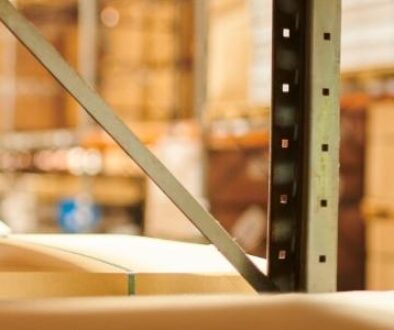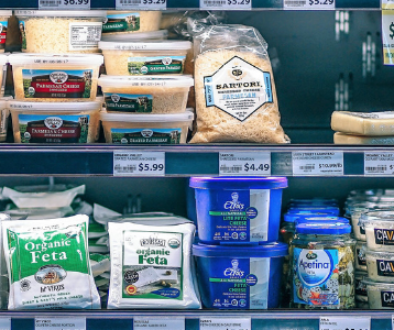Prevention & Control of Yeast & Molds in Cheese
Since yeast and molds are widespread in the environment, controlling them in cheese involves an integrated multiprong approach.
How to reduce yeast and molds during the manufacture of cheese?
Raw milk: Raw milk contains vegetative yeast and mold spores. Despite popular belief, some of them may not be inactivated by pasteurization. It is good practice to activate the lacto peroxidase (LP) system in raw milk using milk silo cultures. The end products of the LP system will not only inhibit some yeasts but also pathogenic bacteria.
Bulk starters: Fully-grown bulk starters (that are designed to inhibit yeast and molds) will have hydrogen peroxide, bacteriocins and natural organic acids. When such bulk starters are used at the beginning of vat fill, the natural LP system gets activated due to the presence of natural microbial hydrogen peroxide, thus inhibiting some of the thermally injured yeasts in the vat milk.
Use of mold inhibitors in the cheese: If the Code of Federal Regulations (CFR) allows a product to use the approved antimycotics in a particular standard of identity product, use them. They can be applied either into the body of the cheese (added at the time of kneading in Mozzarella cheese) or in some cases onto the surface of cheese, as per the CFR requirements.
Brine tanks: Brine tanks are a major source of yeast and mold contamination because of the constant aeration and infusion of residual sugars and broken-down protein products from the cheese. Proven Brine Guard cultures can protect the brine with the production of inhibitory compounds and bacteriocins, reducing nutrients for yeast and mold.
How to reduce yeast and molds in the shredding or dicing operation of cheese?
Sanitation: The shred room must be fogged with chlorine periodically to eliminate airborne contamination.
Floors and walls must be regularly swept and sanitized. Only least-dusty anti-caking agents should be used in shredding plants to eliminate crusting on floors, ceilings and walls, in addition to being safer for employees.
Cheese solids impregnated with anti-caking agents, typically what you see on the floors of shred plants, encourage the growth of yeast and molds through retention of moisture.
Anti-caking agents: As far as possible, limit the use of dry blended and dusty anti-caking agents as it is difficult to eliminate the contamination of yeast and molds when they are blended in an exposed atmosphere.
If a dry blended anti-caking agent has an anti-molding ingredient in it, naturally it tests negative for yeast and molds. When it is diluted after applying onto the cheese, the subdued yeast and molds will grow and spoil the product. The anti-caking agent must be spray dried, with high heat, at low pH, to destroy the yeast, molds and their spores.
Generally dry blended anti-caking agents will not have mold inhibitors uniformly distributed because of the variation in the size of the particles. The best approach is to totally liquefy the ingredients of the anti-caking agent along with the mold inhibitor (to arrive at nano particles) and then spray dry to arrive at the smallest particle size, uniformly micro-coated anti-caking agent. This will allow the mold inhibitor to uniformly micro-coat the shredded or diced cheese and thus will not let yeast and molds grow. This has been proven with 100-percent success in commerce. It is important because the latest stringent request by end users is that the shredded or diced cheese should not mold for at least one month after opening the packages.
How to reduce the growth of yeast and molds in the packaged cheese?
Nitrogen gas flushing (with or without carbon dioxide) will reduce or minimize the concentration of oxygen in the package. If the oxygen concentration is less than 0.5 ppm, according to literature, the mold proliferation will be retarded. Unfortunately, some yeasts are facultative anaerobic and can multiply even if oxygen is reduced to 0.5 ppm. Non-oxygen permeable packaging material will prevent the growth of yeast and molds as long as there are no pinholes, tears or improper sealing. Chemical anti-molding inhibitors will retard the yeast and molds provided the initial concentration of yeast and molds are significantly low.
The use of oxygen-reducing enzymes (glucose oxidase) will limit the growth of yeast and molds, again provided there is no breach in the packaging material. The best prevention is to use a combination of natural glucose oxidase enzyme, chemical mold inhibitor and oxygen impermeable packaging material.
Constant Battle
Since elimination of yeast and molds is a constant battle, basic sanitation and employee education — from making cheese to packaging — cannot be ignored.
Source: CheeseMarketNews.com



